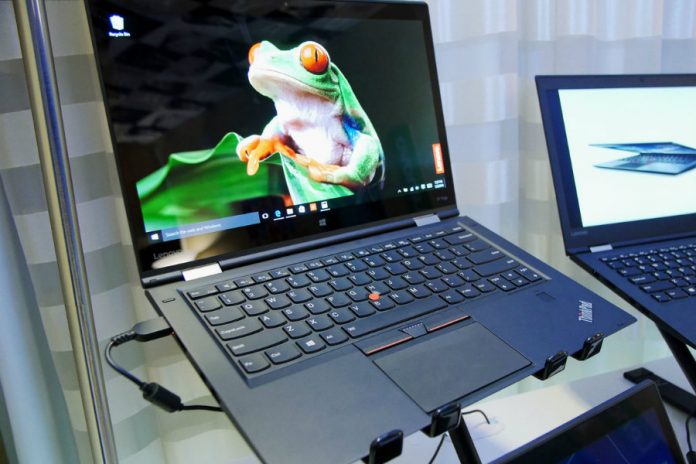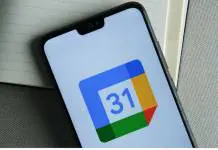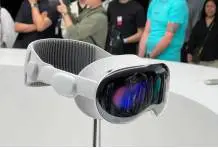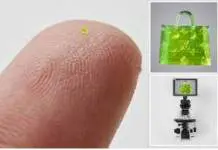
Lenovo is finally shipping the first units of their latest Yoga line laptops, the Lenovo ThinkPad X1 Yoga.
Lenovo announced in January at the CES 2016 their line of Yoga laptops will be getting an OLED display, and they are finally shipping one of the first laptops to have the stunning screen with the X1 Yoga.
The X1 Yoga is getting the OLED screen technology the big-screen and best-looking TVs currently have. The laptop has a 14-inch touch display with a highest-end configuration of 2,560×1,440 with the OLED.
It has a 2.6 GHz Intel Core i7-6600U processor and comes with 16 GB of RAM, and 256GB SSD.
It comes with a 128 MB Intel HD Graphics 520 graphics card and runs Microsoft Windows 10 Pro 64-bit. The laptop also has an 802.11 ac wireless and Bluetooth 4.0.
This configuration of the Lenovo ThinkPad X1 Yoga has a price tag of $2,289.
They are also offering a less powerful version of the laptop with the same OLED screen, a Core i5 processor and half the RAM and SSD storage for $1,682.
The ThinkPad Yogas usually cost more than the consumer versions because of the retracting keyboard, built-in security features and better construction, and with the OLED screen, they will cost even more. At least until new technology is developed and the OLEDs become the LEDs of today.
Lenovo is not the only company developing laptops with OLED display. There is a version of the Dell’s Alienware 13 that comes with an OLED screen and Samsung TabPro S have an AMOLED screen.
X1 Yoga laptop and tablet modes
The laptop is a convertible laptop like the other ones in the Lenovo’s Yoga line. By rotating the display 180 degrees the keyboard hides and the device becomes flat to be used as a tablet.
It is a light, thin and portable device as it weighs less than three pounds.
The keyboard has the recognized red nub of the ThinkPad devices and also have a fingerprint sensor for Windows Hello. And according to the official documents of the laptop, the keyboard is spill proof.
As a tablet, it is a bit larger than usual tablets. The display is pressure sensitive and it reacts to hovering like a mouse. Both the trackpad in the laptop mode and the display in the tablet mode have palm rejection.
Source: CNET










